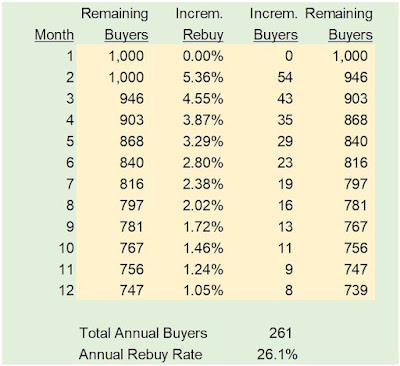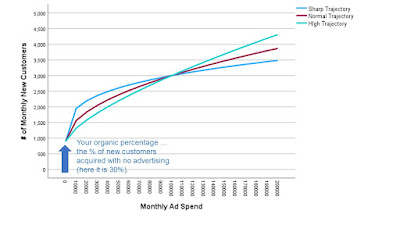In the next few weeks I will unveil a new product offering ... "Hillstrom's Marketing Budget Experiments"! You can click here for project pricing (as well as seeing project pricing for other work I perform).
As always with new product offerings, the kinks aren't always worked out ... that's why you, the intrepid blog follower, get first crack at the offering at a reduced price. You help me work out the kinks, I help you achieve an outcome at a great value! For this project, you will pay 60.3% of the project fee. Stupid inexpensive. Let me know before the end of the week if you wish to be part of the pilot and save 40% in the process.
More data and examples begin tomorrow. Elements of Category Dynamics will be folded into our experimentation framework. We are headed toward the following product.
- Enter your monthly marketing budget by major marketing channel.
- Supply 5 years of purchase history. This is used to forecast cohort performance, ultimately calculating CLV at a segment level.
- My product allows us to vary marketing spend by month, seeing what the long-term impacts are of the decisions we're making today.
- My product produces a five-year sales forecast and calculates down to variable profit / contribution.
- We "experiment" ... seeing if there are combinations of channels, ad spend, and merchandise productivity improvements that yield the result you expect of your business over time.
Fun is coming!




















